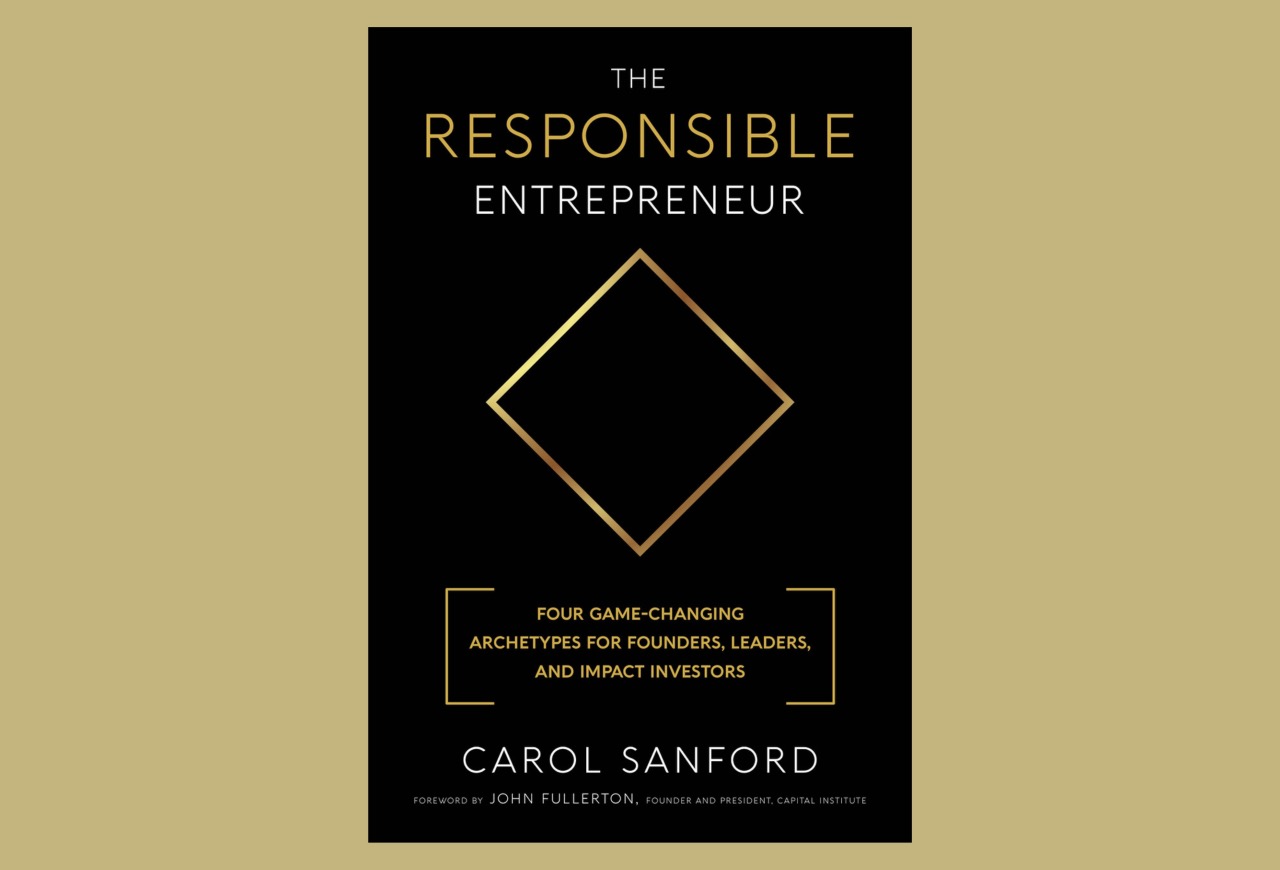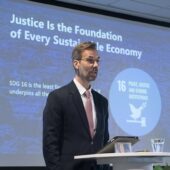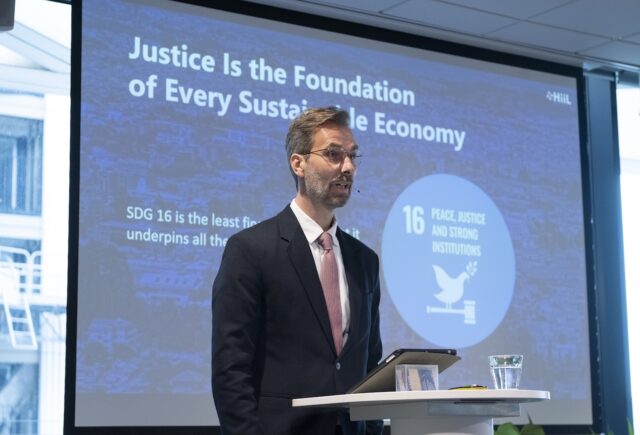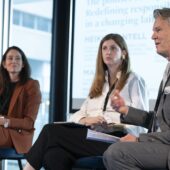Carol Sanford wanders through her collection of entrepreneurial heroes, presenting four game-changing archetypes for founders, leaders and impact investors

Carol Sanford is founder and CEO of global consultancy The Responsible Entrepreneur Institute, and a lecturer on business and entrepreneurship at the MIT Sloan School of Management in the US.
Sanford has the right to lecture us on impact, based on her professional experience. At chemical giant DuPont, a change effort she helped design “generated 1,000 percent growth in the business while radically reducing destructive ecological and community impacts,” she writes. In South Africa in the early 1990s, she collaborated with a team from Colgate Palmolive to grow leadership in black townships, “while also enjoying a 40 percent growth in revenues”.
As Sanford sees it, the current global challenges are huge. “Many interconnected crises—social, cultural, economic, financial, political, and ecological—are all converging at the same time.” But “these transitions also create a crucible [where] the responsible entrepreneur” can act.
Sanford describes herself as “a big fan of entrepreneurs and the entrepreneurial spirit.” She believes the world needs responsible entrepreneurs, who in Steve Jobs’s words, will “put a dent in the universe”.
For Sanford, “impact investors, play a critical role” but “too often, the change models offered to investors draw on old thinking and outgrown paradigms.”
Business and society need heroes
Her core argument is that impact investors can instead leverage their change efforts “through the use of the leadership archetypes” because an archetype “offers people a way to access something in themselves.”
Sanford’s arguments have a further twist. She comes with the new age approach associated with the US city of Seattle, and is informed by her Native American heritage.
She cleverly draws on this: “A healthy tribe could emerge and sustain itself only when four major [leadership] archetypes—the Warrior, the Clown, the Hunter, and the Headman—were present and working collaboratively.”
Unusual language for a business book. I’m not sure CEOs like being called “clowns” – “jester” might be better. So Sanford updates this into four contemporary entrepreneurial “archetypes,” and gives us some concrete examples.
The Warrior, becomes “the realisation entrepreneur,” someone who “promotes a higher, intention or aspiration”. She cites the late Apple founder Steve Jobs who “had a core insight that user-friendliness depended on a combination of aesthetics and integrated utility. This allowed Apple to create a series of elegant offerings”.
As a manifestation of the Clown archetype, “the reconnection entrepreneur” tends to “use humour, surprise, or theatricality as a way to invite us to see our own culpability.” Sanford suggests British billionaire Richard Branson.
“Clowns invite us to wake up, to see what’s obvious but invisible to us.” In his case, he identified the environmental disaster of the UK rail system and replaced it with Virgin Trains. “The result is 78 percent less CO2 emissions per passenger than a flight over an equivalent distance.”
Thought provoking
The hunter or “the reciprocity entrepreneur” pays particular attention to both the physical and the spiritual health of the community as a whole, and to “create cultures of inclusion and interdependence.” Because “when the tribe overhunts the forest, the result is starvation. When the tribe turns its back on its members, the result is schism or war.
Talkshow host Oprah Winfrey is Sanford’s choice here. She “has sought out stories from people who are cultural outliers” and helped “make an inclusive culture.”
The Headman (or woman) archetype becomes the “regenerative entrepreneur”, those “who break apart systems and structures,” visionaries who look for “wormholes.”
Sanford cites as an example the founders of B Labs. “Their big idea was to redefine success in business.” Working through existing structures, they pioneered B Lab certification, leading to “more than nine hundred B Corps from more than sixty industries in thirty countries.” They then established a new legal entity, the B Corp, and drove the creation of the B Impact Assessment which is used by thousands of businesses around the world.
This is all very thought provoking, and there is plenty of practical advice. Wisely, Sanford cautions: “You have to see your business as an instrument, not an end in itself. ‘Changing the world’ quickly becomes a platitude if you don’t know how to go about doing it.”
But her main message is that you need to recognise the kind of person you will need to become “and commit to the dogged work required”. The archetypes laid out in this book, she writes, can be particularly useful for this purpose.
Well, maybe. Sanford alleges aggressive and bullying behaviour by Steve Jobs and talks about his reputation for being controlling and rude to those around him. An entrepreneurial hero, perhaps, but hardly a role model. “Charity begins at home.”





